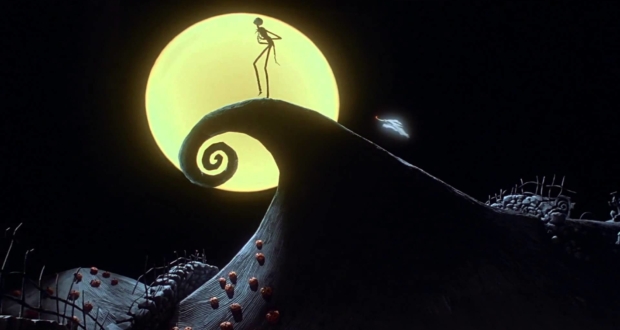Since its inception, television has shaped our society’s culture, thoughts, and trends. The power of the screen can’t be understated when we consider how certain TV shows leave a lasting impact, leading to ripples throughout pop culture. For example, certain toys have resulted from popular TV shows, allowing fans to bring a piece of the screen into their playroom. The ‘Beyblade’ phenomenon is a testament to this.
Originally a cartoon, it stirred a massive trend among the young audience, leading to the birth of beyblade games. But how did TV shows start influencing toys, and why did such patterns evolve?
TV Shows: The New Fairytales Of Our Times
Before the rise of television, folklore and fairy tales dictated children’s play. Kids would recreate stories, act out roles, and delve deep into their imaginations. With television’s advent, these tales evolved. Now, the screen dictates the narrative. When a TV show gets popular, it doesn’t just stay on the screen. It moves beyond, creating waves in pop culture.
You’ve witnessed how beloved show characters end up as plush toys, action figures, or even board games. And with that transformation, they remain with the viewers, becoming part of their daily lives, playground conversations, and birthday wish lists.
From Animated Sequence To Toy Store Shelves
Beyblades aren’t the sole instance of a cartoon sparking a tangible trend. Over the decades, multiple shows have led to the creation of toys. Think about the classic ‘Teenage Mutant Ninja Turtles’ or ‘Transformers‘. This series generated a buzz, and stores soon flooded with related merchandise.
What’s fascinating is the transition. It starts with a compelling storyline and intriguing characters. Next, viewers form an emotional bond with these characters, yearning to interact with them beyond the screen. And that’s where the magic happens. Toy manufacturers recognize this bond and create physical embodiments of these characters. So, the relationship isn’t unilateral. As TV influences toy trends, these toys, in turn, amplify the show’s popularity, leading to a reinforcing loop of admiration and market demand.
Why TV Shows? Why Not Movies Or Books?
It’s not that movies or books don’t influence toy trends. They do. But TV shows have a unique advantage: consistency. You develop a deeper connection when you tune in to your favorite show week after week. You discuss episodes with friends and anticipate upcoming plot twists, and over time, these characters become part of your routine.
This consistent exposure ensures that TV show-based toys have a longer shelf life in pop culture. While movie-based toys might surge post-release, their popularity wanes after some time. TV show toys, on the other hand, ride on the waves of episodic releases, season cliffhangers, and fan speculations.

The Socio-Cultural Impact Of TV-Inspired Toys
Beyond just play, these toys are crucial in shaping societal norms. When turned into toys, characters from the screen carry the values, ideals, and messages from the show. They can challenge stereotypes, promote diversity, or even playfully introduce kids to complex subjects.
In the hands of a child, a toy is more than just a piece of plastic or cloth. It becomes a tool for imagination, an avenue for storytelling, and a medium to understand the world. When sourced from a TV show, these toys carry the weight of the narrative, making playtime both fun and educational.
Riding The Wave Or Creating It?
TV shows have a remarkable influence on toy trends, and this influence is not solely a result of chance. Behind the scenes, there is often a deliberate strategy at play. Toy companies frequently collaborate with production houses to develop television shows to boost toy sales. This symbiotic relationship ensures that children enjoy the content and develop a strong desire to possess a tangible part of it.
While these strategies may be commercially driven, they exemplify the interwoven nature of screen content and the accompanying merchandise. This deliberate creation of a desire to own a piece of the show proves that TV shows not only ride the wave of existing popularity but also have the power to create their own cultural phenomena.
Conclusion
The influence of TV shows on pop culture, especially in the realm of toys, is undeniable. Whether it’s Beyblades, action figures, or board games, the screen shapes the trends of the playroom. So, next time you see a child engrossed in a game inspired by a TV show, remember that it’s more than just play. It reflects how stories from the screen become an integral part of our daily lives, influencing choices, desires, and the very fabric of pop culture.





















